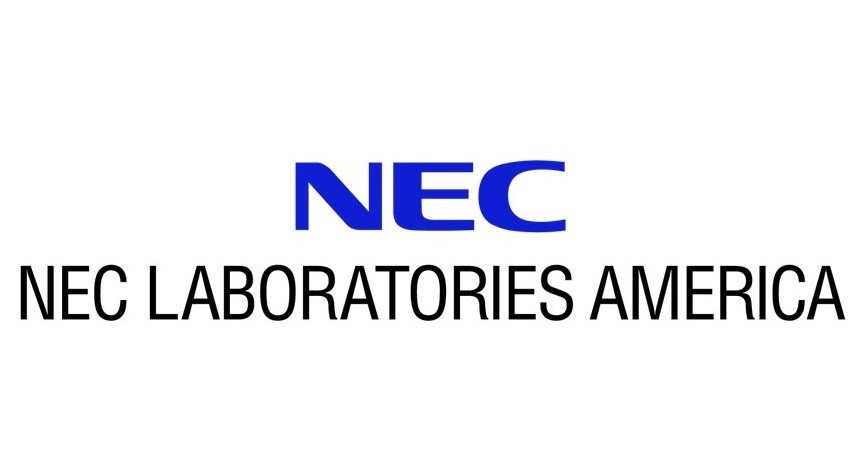ICeTEA: Mixture of Detectors for Metric-Log Anomaly Detection
Anomaly detection is essential for identifying unusual system behaviors and has wide-ranging applications, from fraud detection to system monitoring. In web servers, anomalies are typically detected using two types of data: metrics (numerical indicators of performance) and logs (records of system events). While correlations between metrics and logs in real-world scenarios highlight the need for joint analysis, which is termed the “metric-log anomaly detection” problem, it has not been fully explored yet due to inherent differences between metrics and logs. In this paper, we propose ICeTEA, a novel system for metric-log anomaly detection that integrates three detectors: a metric-log detector based on a multimodal Variational Autoencoder (VAE), and two individual metric and log detectors. By leveraging the ensemble technique to combine outputs of these detectors, ICeTEA enhances the effectiveness and robustness of metric-log anomaly detection. Case studies demonstrate two key functionalities of ICeTEA: data visualization and rankings of contributions to anomaly scores. Experiments demonstrate that our proposed ICeTEA accurately detects true anomalies while significantly reducing false positives.

